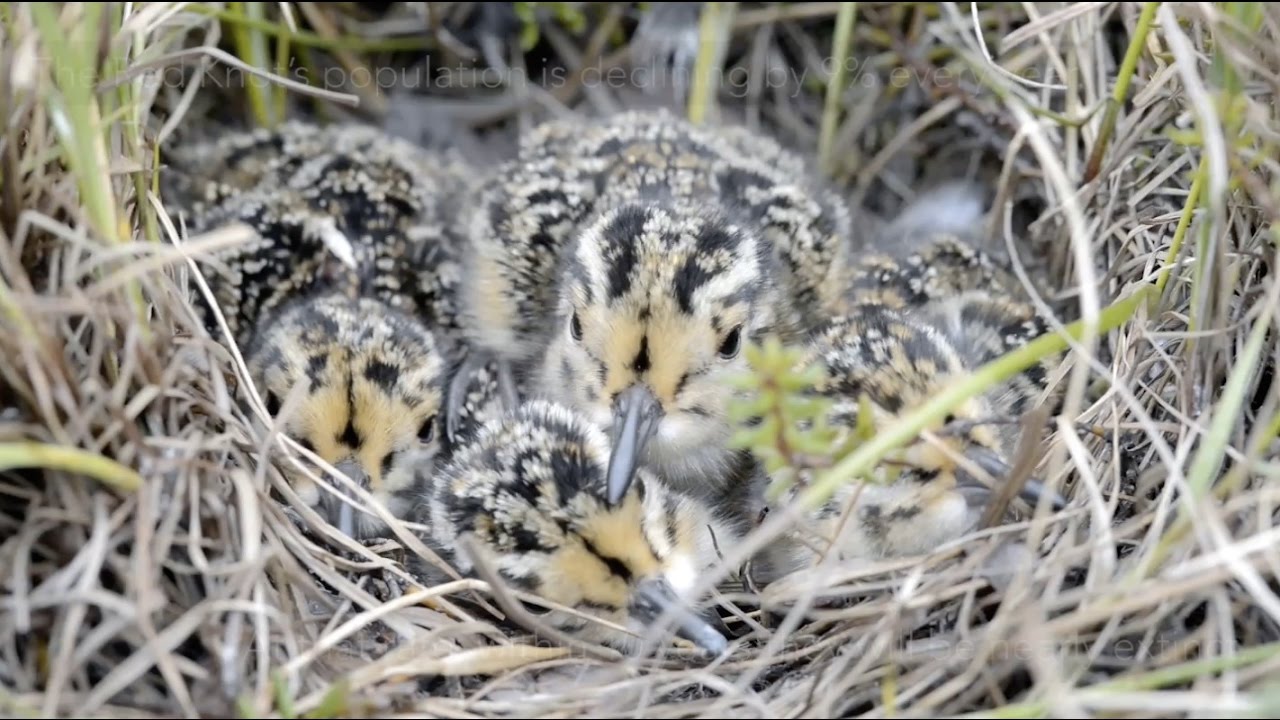Read in Chinese: ![]()
The Paulson Institute
The miracle of migratory shore birds is still not entirely understood by scientists.
The Bar-tailed Godwit travels all the way from Alaska to New Zealand without stopping!
If migratory birds have good tailwinds, they sometimes can fly as fast as 60 miles an hour!
How and why do birds migrate? How do they find their way across such long distances? Why do they travel in swarms of hundreds of thousands of birds? How do they know when to leave for either their breeding or wintering areas?
Scientists are not entirely sure how birds navigate their flyways. But here’s an explainer, according to the National Geographic Society:
“Migratory birds seem to have an internal global positioning system (GPS) that allows them to follow the same pattern every year. A young bird imprints on the sun and stars to help orient it. Some researchers think a bird may also recognize landmarks.
Individual organs also contribute to a bird’s remarkable navigational ability. A bird’s eyes interact with its brain in a region called “cluster N”, which probably helps the bird determine which way is north. Tiny amounts of iron in the neurons of a bird’s inner ear also help in this determination.
Most surprisingly, a bird’s beak helps contribute to its navigational ability. The beak helps birds determine their exact position. Some researchers think a bird can smell its way across a flyway. This “olfactory map” would orient a bird to terrain and topography. The trigeminal nerve, which connects a bird’s beak to its brain, may also help a bird assess its exact location. Researchers think the trigeminal nerve may help birds evaluate the strength of the Earth’s magnetic field, which is stronger at the poles and weaker at the Equator.”
How do birds navigate?
The National Geographic Society explains:
EYE: They imprint on the patterns of the sun and stars. Chemical reactions between a bird’s eyes and brain also work with its magnetic navigation capabilities to allow the bird to sense which way is north.
BEAK: Birds may use an “olfactory map” to smell their way around. The nerves in a bird’s beak may help it determine the angle created by Earth’s magnetic field and the Earth itself. This helps the bird orient itself to a particular place.
EAR: Tiny concentrations of iron in a bird’s inner ear help it navigate using the Earth’s magnetic field.
Original article: http://www.paulsoninstitute.org/paulson-blog/2016/11/02/video-the-miracle-of-migratory-shore-birds/





